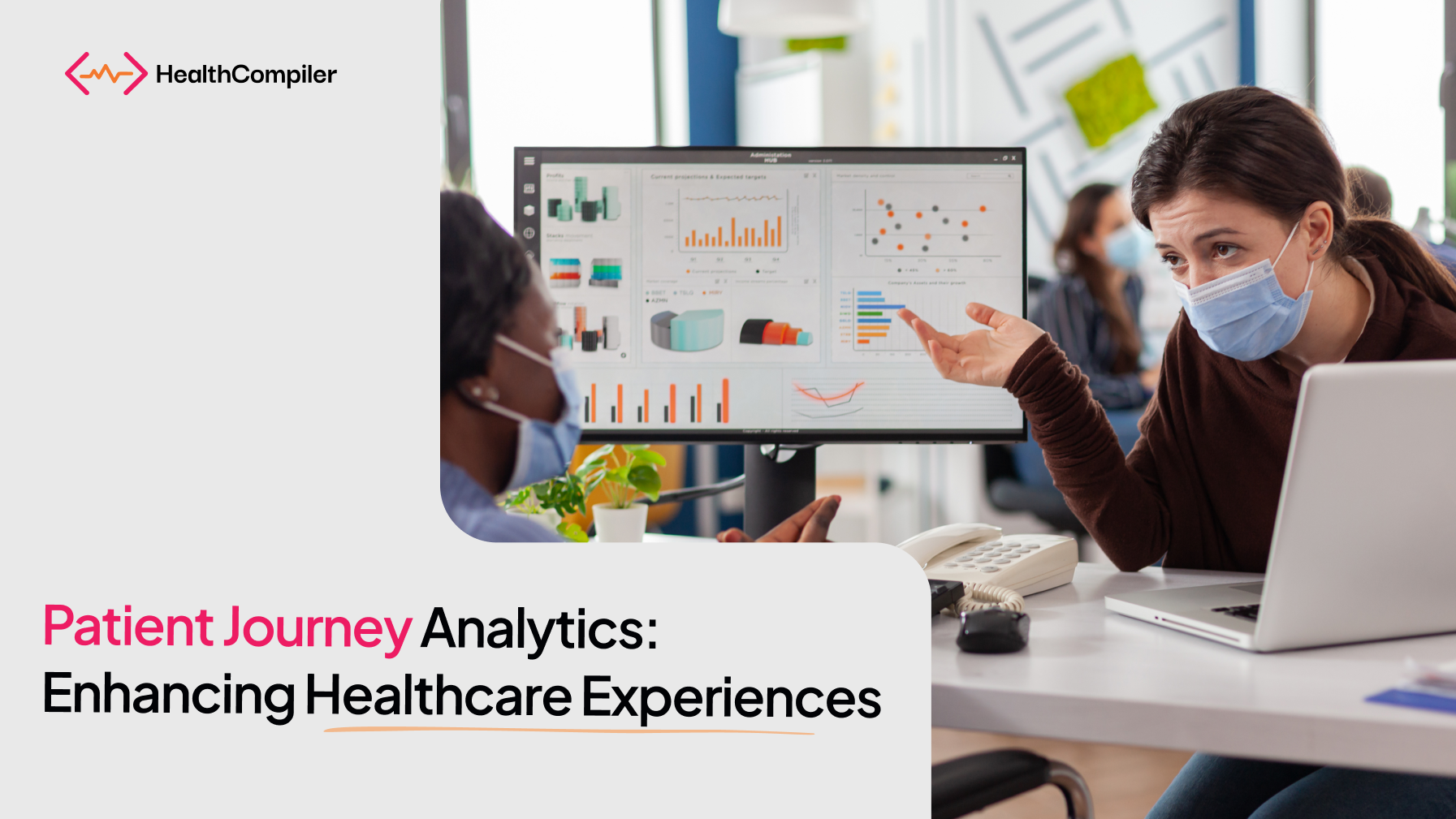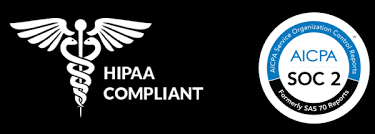Patient Journey Analytics: Enhancing Healthcare Experiences

The healthcare industry is in the midst of a significant transformation, with a growing focus on improving patient experiences and outcomes. However, one of the key challenges healthcare providers face is the lack of visibility into the patient's journey. This lack of clarity often leads to inefficiencies, miscommunication, and, ultimately, suboptimal care.
But there’s a powerful solution on the horizon: patient journey analytics. By unlocking valuable insights into every step of the patient experience—from booking an appointment to post-treatment follow-ups—this innovative approach enables healthcare organizations to enhance care delivery and elevate patient satisfaction.
Understanding the Patient Journey
The patient journey is more than just a medical treatment—it encompasses all the interactions a patient has with healthcare services throughout their experience with an illness, treatment, and recovery. It can be broken down into several stages:
- Awareness: Recognizing the need for healthcare.
- Pre-Visit Preparations: Scheduling appointments and getting ready for the visit.
- In-Visit Experiences: Interactions during the actual healthcare visit.
- Post-Visit Follow-Ups: Follow-up care and continued treatment after the visit.
Each of these stages comes with its own set of challenges and opportunities for healthcare providers to better engage with patients. Patient Journey Mapping is a technique that visually represents these interactions, breaking down complex patient experiences into manageable segments. By mapping out the journey, providers can identify pain points—such as long waiting times or confusing appointment processes—and seize opportunities to improve service design and delivery.
The Role of Analytics in Patient Journey Mapping
Analytics play a crucial role in transforming raw patient data into actionable insights. Advanced analytical tools can track patient journeys across different touchpoints, identifying trends and patterns that inform strategic decisions.
Key Benefits of Leveraging Analytics
- Identifying Bottlenecks: Analytics can pinpoint specific stages where patients encounter delays or obstacles. For example, if data indicates long wait times for diagnostic results, targeted interventions can expedite this process.
- Anticipating Patient Needs: By analyzing historical data, healthcare providers can anticipate patients' needs at various points in their journey. Predictive analytics can identify early warning signs of health deterioration, allowing for proactive care adjustments.
- Enhancing Communication: Insights from analytics enable personalized communication strategies tailored to individual patient conditions and preferences. This ensures that relevant information reaches patients at the most opportune times.
- Improving Accessibility: Analytics can highlight areas where patients struggle with digital platforms or appointment scheduling systems. Addressing these issues can enhance user experiences and ensure services are accessible to all patients.
- Driving Clinical Outcomes: Analyzing patterns within patient data allows healthcare professionals to refine treatment protocols based on real-world evidence, leading to improved recovery rates and reduced readmissions.
Implementing Patient Journey Analytics
To effectively implement patient journey analytics, healthcare organizations should follow these best practices:
- Data Quality and Integration: Ensure the accuracy and completeness of data. Establish robust data governance processes to verify sources and cleanse data for integrity.
- Utilizing Advanced Analytics Techniques: Employ machine learning and natural language processing to uncover complex patterns within patient data that traditional methods might miss.
- Visualizing Insights: Present findings through intuitive dashboards to help stakeholders quickly grasp insights and make informed decisions regarding patient care strategies.
- Prioritizing Privacy and Security: Protecting patient data is paramount; adhere to regulations such as HIPAA to ensure compliance while utilizing analytics.
Success Stories in Patient Journey Optimization
Here are some examples of healthcare organizations that have successfully implemented patient journey analytics to enhance their services:
- Cleveland Clinic: By overhauling their patient experience framework based on analytics insights, Cleveland Clinic significantly improved patient satisfaction scores. They aligned services with patient needs, demonstrating the impact of understanding the patient journey.
- Geisinger Health System: In partnership with IBM, Geisinger developed a predictive analytics system that anticipates patients' needs throughout their journeys. This initiative reduced hospital readmissions by ensuring continuity of care tailored to individual circumstances.
- Health Compiler: This platform provides actionable insights through comprehensive analytics that track and analyze various aspects of the patient experience. Utilizing their DPC Insights tool, healthcare providers can gain visibility into patient data across different touchpoints, including appointment scheduling, treatment adherence, and follow-up care. This enables healthcare organizations to identify trends and patterns that might otherwise go unnoticed.
Conclusion
Patient journey analytics offer a robust framework for enhancing both individual patient experiences and the overall efficiency of healthcare systems. By leveraging data-driven insights, healthcare providers can streamline operations, improve communication, and deliver more empathetic, personalized care. As the healthcare landscape continues to evolve, adopting analytics will be essential for organizations striving to deliver high-quality care and boost patient satisfaction.
In short, investing in patient journey analytics doesn’t just address current challenges—it paves the way for a more responsive, effective healthcare system that places patients' needs and experiences front and center. By embracing this approach, healthcare organizations can ensure they are meeting patients' needs at every stage of their journey, ultimately leading to better health outcomes and higher patient satisfaction.



